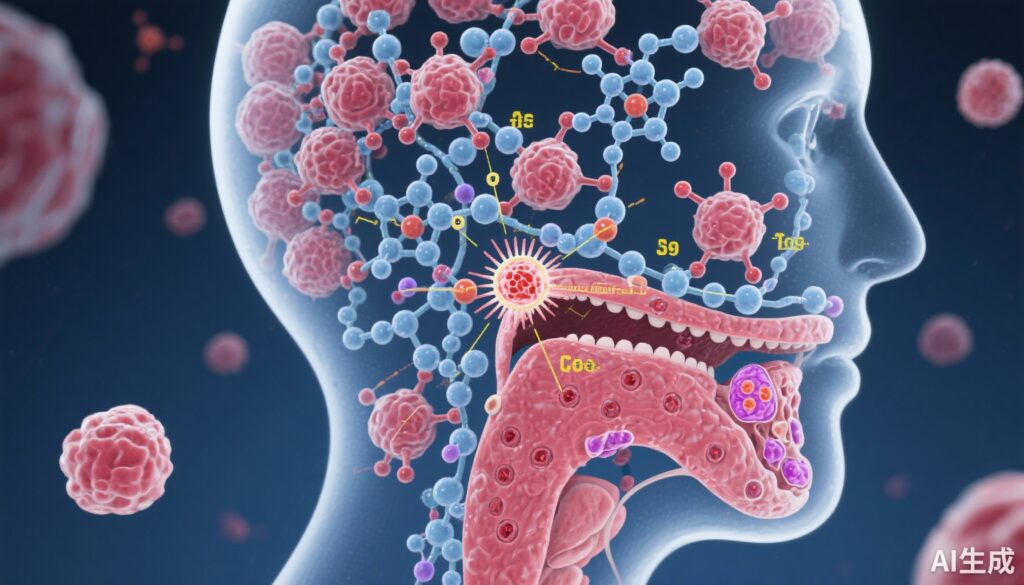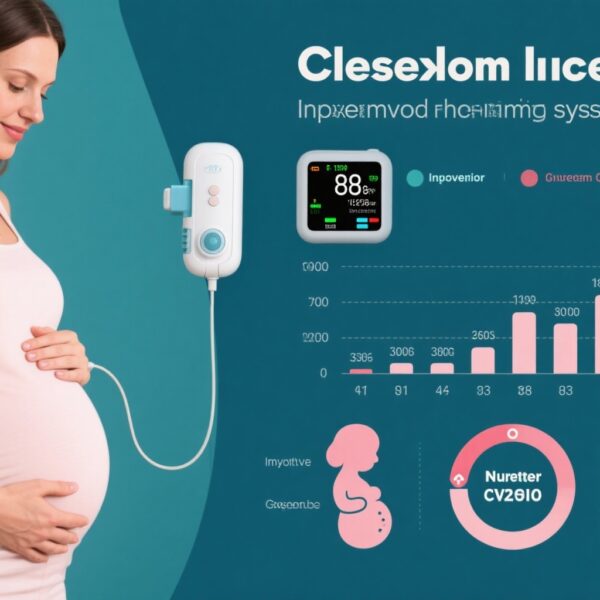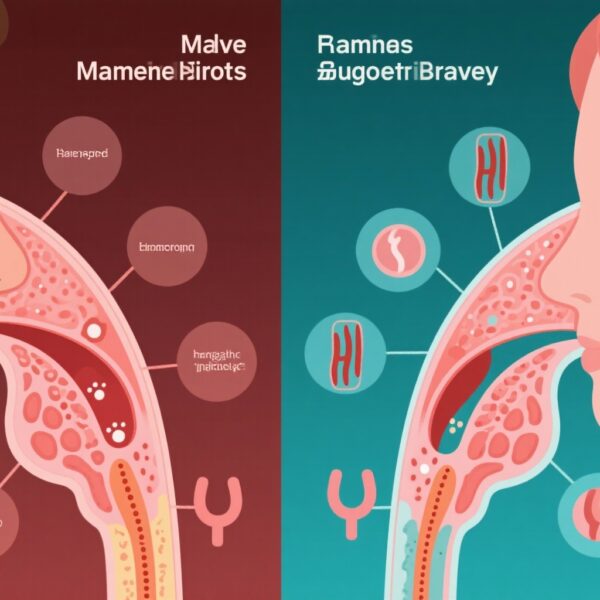Introduction: The Need for Precision Targets in Head and Neck Cancer
The global burden of head and neck squamous cell carcinoma (HNSCC) remains significant, with many cases presenting at advanced stages and responses to conventional therapies often limited. As a heterogeneous disease, HNSCC demands more precise therapeutic strategies that leverage specific tumor-associated molecules. Cancer-testis antigens (CTAs) have emerged as promising immunogenic targets due to their unique expression profile—primarily restricted to immune-privileged tissues such as the testis—from where they are aberrantly expressed in various malignancies, including HNSCC.
Despite their potential, comprehensive validation of CTAs as targeted immunotherapy candidates in HNSCC has been limited. This study aims to fill this gap by identifying and rigorously validating a set of CTAs that demonstrate tumor-specific expression and broad prevalence across different tumor states, including de novo and recurrent disease, thus informing future T-cell receptor (TCR) engineering efforts.
Study Design and Methodology
The research employed a cross-sectional, multiomic approach at a single academic tertiary care center, analyzing tumor tissues from 33 patients with HNSCC collected between 2018 and 2023. The cohort included both untreated (de novo) and recurrent tumors after radiation therapy. Data analysis encompassed bulk RNA sequencing of institutional tumor samples and public transcriptomic datasets, supplemented by single-cell RNA sequencing (scRNA-seq) from normal oral mucosa for specificity assessment.
Protein validation was conducted through immunohistochemistry (IHC) focusing on the CTA ACTL8. Rigorous exclusion criteria based on scRNA-seq data ensured the identification of tumor-specific CTAs with minimal or no expression in normal tissues. The CopyKAT algorithm was employed to assess copy number variations, further confirming malignant cell enrichment within the epithelial populations.
Key Findings
The multiomic analysis identified several CTAs, including DKKL1, SPANXB1, SPANXD, and ACTL8, that were upregulated in recurrent tumors. Additional reanalysis demonstrated that these antigens, especially in the case of ACTL8, were expressed across both de novo and recurrent HNSCC samples, broadening their potential as universal immunotherapeutic targets.
Immunohistochemistry confirmed the transcriptional data at the protein level, showing focal cytoplasmic staining of ACTL8 in tumor tissues, implying accessibility for TCR-based therapies. Subsequent exclusion of CTAs with any expression in normal oral mucosa reduced the candidate list to 23 testis-restricted and 44 testis-selective CTAs. Notably, 14 of these overlapped across multiple datasets, exhibiting consistent tumor-specific expression. Pathway analysis and copy number assessments revealed these CTAs are predominantly enriched in malignant epithelial cells, underscoring their potential for targeted interventions.
Overall, these findings underline the feasibility of harnessing CTAs for precision immunotherapy in HNSCC, with a core set of 14 consistently expressed targets poised for future TCR-based therapy development.
Expert Commentary
The robust validation of CTA expression across multiple datasets enhances confidence in using these antigens as therapeutic targets. Their tumor-specific expression reduces the risk of off-target effects, a critical factor in immunotherapy. The integration of transcriptomic and proteomic validation exemplifies rigorous biomarker development.
However, further functional studies are necessary to confirm the immunogenicity and safety profiles of these antigens. Additionally, heterogeneity within tumor samples necessitates personalized approaches and possibly combination strategies to address intra-tumoral diversity. Future clinical trials leveraging these validated CTAs could redefine the therapeutic landscape of HNSCC, moving toward personalized, TCR-engineered immunotherapies aligned with tumor antigen profiles.
Conclusion and Future Directions
This study provides a validated panel of CTAs with high tumor specificity, expanding the repertoire of targets for immunotherapy in head and neck cancer. The consistent identification of 14 shared CTAs offers a promising foundation for developing targeted TCR therapies aimed at improving outcomes in HNSCC patients. Continued research should focus on functional validation, safety assessments, and the design of clinical trials to translate these findings into clinical practice. Ultimately, integrating multiomic data for target discovery exemplifies a powerful strategy for advancing precision oncology.
Funding and clinicaltrials.gov references were not provided in the original content and should be included in subsequent detailed reports. Overall, this work marks a significant step toward personalized immunotherapy for head and neck cancer, with potential to improve patient outcomes through targeted immune modulation.



